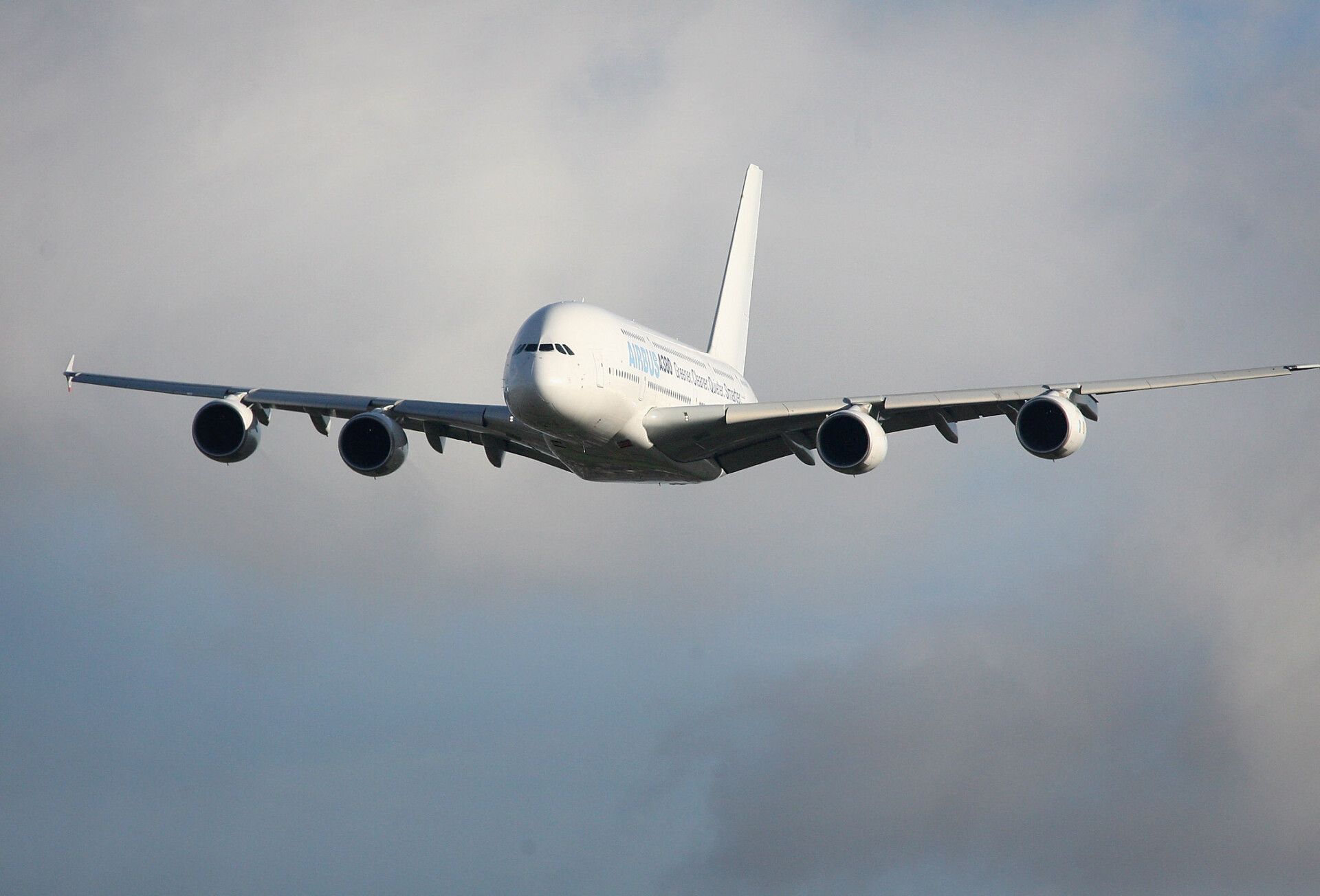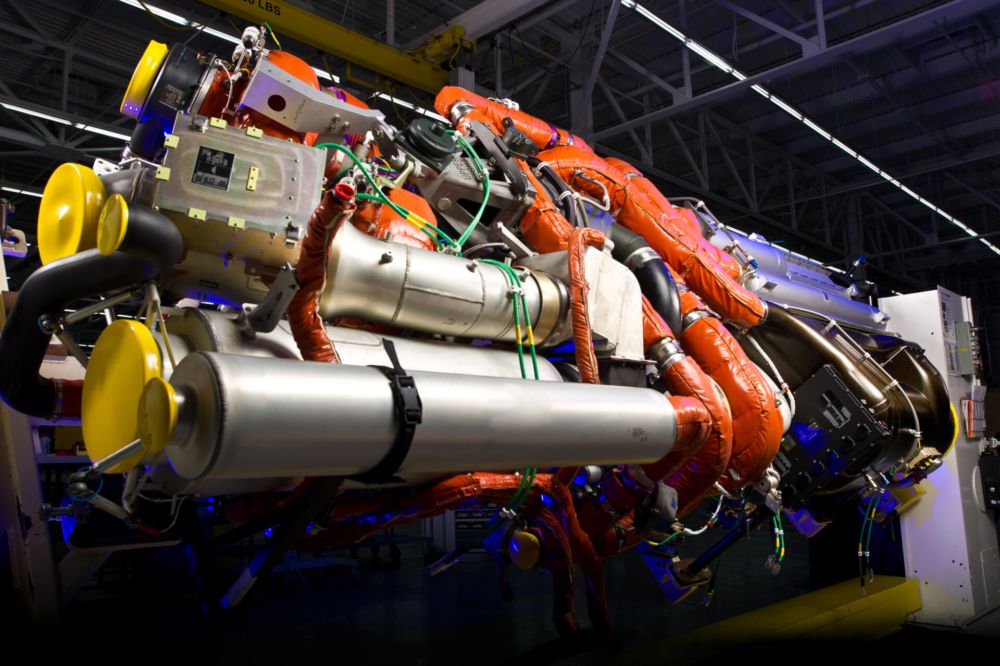Commercial aircraft have historically relied on hydraulic and pneumatic systems to provide many essential functions. But using bleed air to drive these systems comes at a cost of efficiency. Replacing such systems with electric alternatives can drive down fuel burn, while also boosting the reliability of the part. Simple Flying caught up with the leading supplier of More Electric systems, Collins Aerospace, to find out more.
The case for a more electric aircraft
Historically, many functions of an aircraft rely on bleed air to provide the power they need. Things like environmental control systems, wing deicing systems and flight control surfaces usually rely on hydraulics or pneumatics that are powered by bleed air. It makes sense – it’s hot, it’s already compressed, and it’s readily available.
However, systems that divert high-speed air from the engines rob conventional airplanes of some thrust and increase the engine's fuel consumption. Collins Aerospace is leading the way in replacing many of these systems with electric alternatives, a project known as ‘More Electric.’ Simple Flying spoke with Todd Spierling, Senior Technical Fellow at Collins, to find out more about the benefits of switching to more electric systems. He said,
“Today, compressed air is the single largest secondary load on an aircraft. 90%+ of fuel is used to actually move the airplane, but around 6% of fuel is used to provide these services. And the creation of compressed air is one of the biggest draws of that. Compressed air is a convenient source, but it's not terribly efficient. By going from pneumatics to electricity, we're able to increase the efficiency of that portion of the aircraft’s fuel usage.
“About 6% of the fuel that you use or 6% of the carbon that you emit is due to these secondary systems. If we can implement more electric and cut that usage in half, if we could get 2 - 3% fuel burn savings by this implementation, that’s millions of gallons of jet fuel saved and tens of millions of tonnes of carbon emissions reduced every year.”
As well as increasing the efficiency of the aircraft, switching to more electric systems has another advantage in that the systems can be more reliable and have lower maintenance than the alternatives. Systems using pneumatic or hydraulic components are mechanical, with moving parts. Replacing these with electronics can drive down maintenance costs while simultaneously boosting the reliability of the equipment.
There’s a weight saving to consider here as well, although this issue is perhaps not as cut and dry as you might think. An electric actuator, for example, actually weighs more than a hydraulic actuator. However, when you take into consideration all the other equipment that goes along with hydraulic, all the distribution of the fluids being moved around the aircraft, the net result is a marginally more lightweight operation.
Where are more electric systems being used right now?
One of the largest implementations of more electric was with Boeing’s flagship widebody, the 787. An example is its electric environmental control system (ECS), provided by Collins, which is the first time a no-bleed electrical system has been used for a commercial aircraft in this way.
Rather than robbing the engines of compressed air to feed the ECS, electrically driven compressors provide the cabin pressurization function, with fresh air brought onboard via dedicated cabin air inlets. As well, the 787 uses Collins electric systems for wing ice protection and for engine startup. All in, Boeing projects that around 3% fuel savings are being achieved through the elimination of traditional hydraulic and pneumatic components.
In addition to the fuel savings, there are passenger experience benefits too. Spierling noted,
“The electric compressor equipment enables a significantly improved cabin experience relative to traditional passenger jets. Part of what we did with the 787 ECS was to operate it at higher pressures to simulate a lower cabin altitude and reduce the “jet lag” effect on long haul flights. The electric compressor pulls fresh air directly into the cabin, decoupling it from the engine system, and improving the air quality in the cabin so it makes for a better passenger experience.”
While Boeing targeted the replacement of pneumatic systems with more electric alternatives on the 787, Airbus took a different approach. On the A380 and A350, the European planemaker worked with Collins to replace hydraulic systems instead. Specifically, these planes moved to electric flight controls, using electric actuation such as that found on the US military’s F35.
What’s the future for more electric planes?
As with any new technology, there are lessons to be learned and improvements to be made. Collins is continually improving and investing in making its more electric systems better. Notably, it faces challenges in developing electrical generation systems that are smaller and lighter, to really exploit the weight reduction advantage of replacing pneumatic and hydraulic systems.
At present, no single aircraft has fully realized the potential benefits of a completely more electric architecture. The 787 came close, but is still not a wholly electrified plane. The A350 and A380 embraced some electric systems, but kept some pneumatic systems for redundancy too. When something is new, it can be difficult to let go of what’s old and familiar.
Nevertheless, the future for more electric planes has strong promise, and Collins is driving this seismic shift. From electric landing gear to more electric braking and more, the team is constantly evaluating, evolving and improving the products that will see fewer hydraulic and pneumatic components on the planes of the future.


